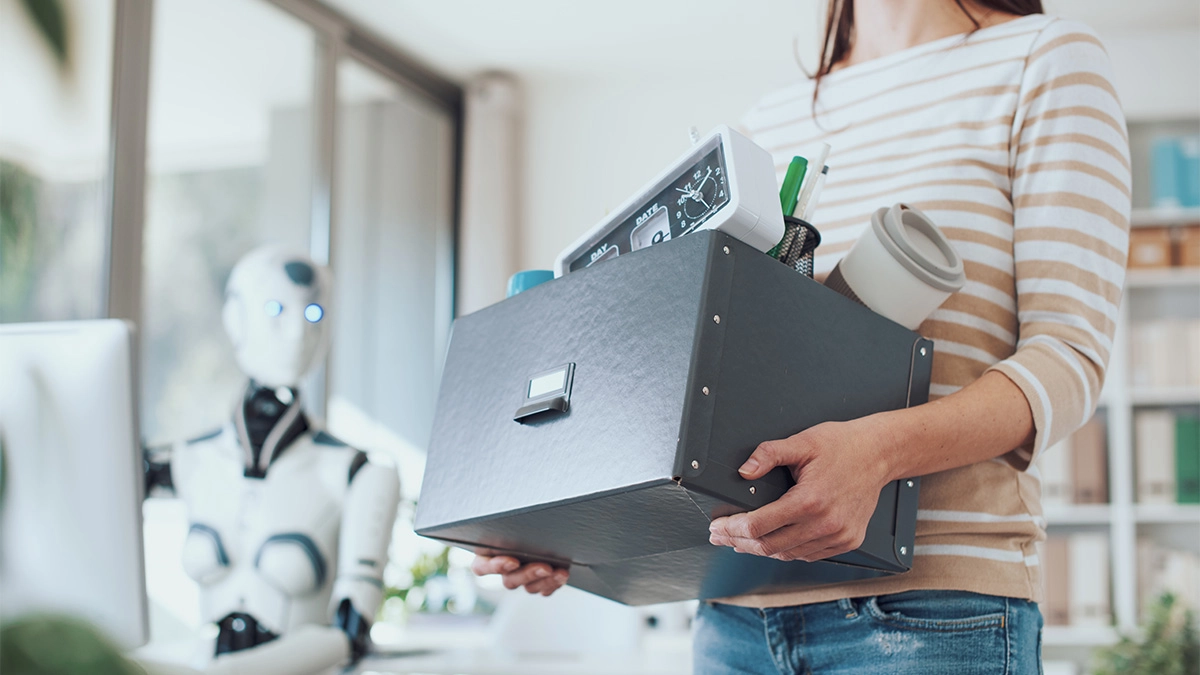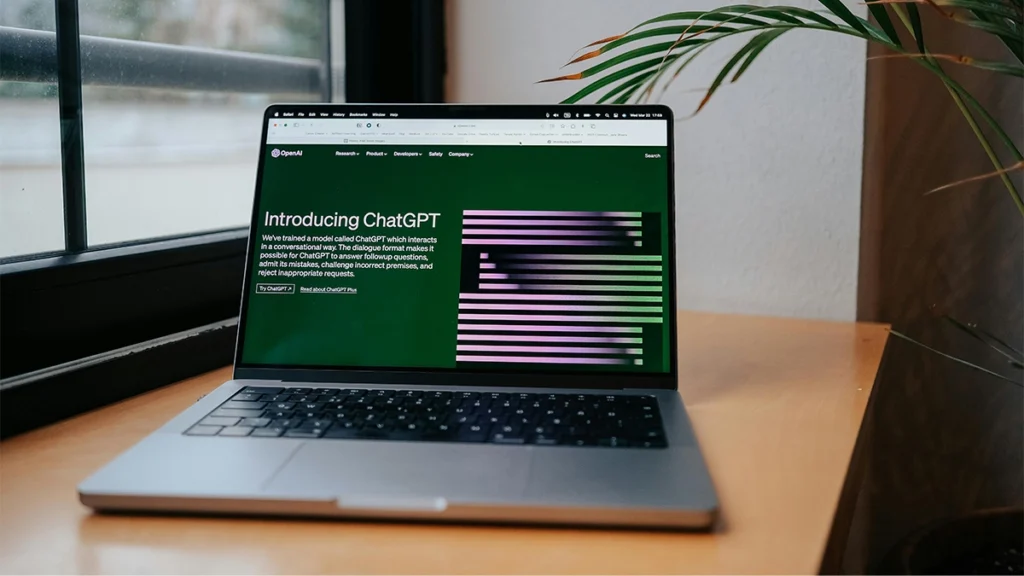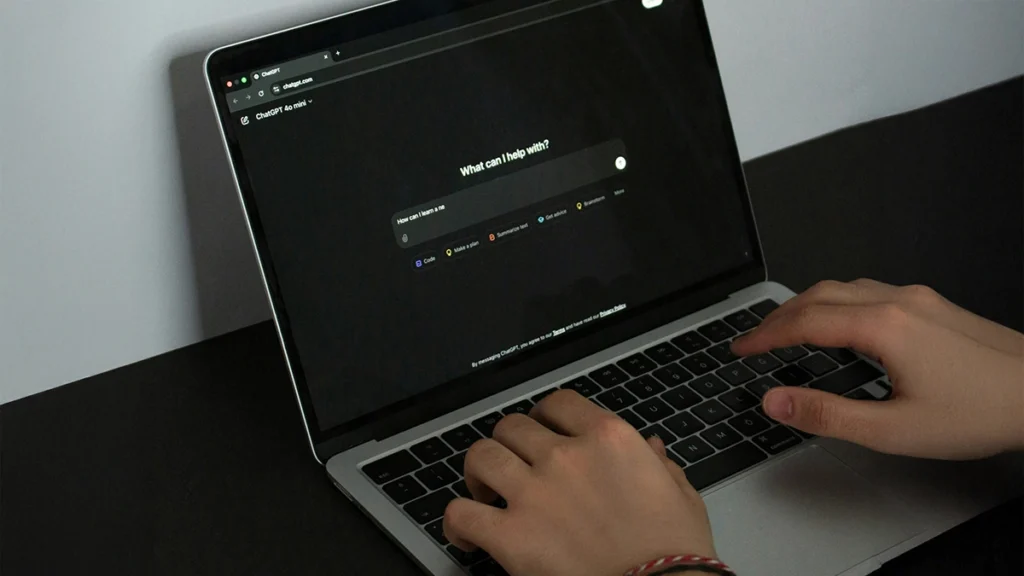Artificial intelligence (AI) is transforming almost every industry, and design is no exception. Whether you are a freelance designer, a small business owner, or a startup founder, chances are you’ve seen AI tools creating logos, generating layouts, or even writing website copy.
The rapid rise of AI raises a pressing question: Should designers be concerned about AI? The short answer is both yes and no.
While AI is powerful and disruptive, it is not here to completely replace human creativity. Instead, it is changing how design work is done and reshaping the skills that businesses value. For small businesses and startups, understanding these shifts is crucial to making smart decisions about branding, marketing, and digital design.
In this post, we’ll break down the risks and opportunities AI brings to design. We’ll look at what AI can and cannot do, how it impacts professional designers, and what it means for businesses working with them.
What AI Can Do in Design
AI has quickly proven itself useful in several areas of design. Here are some of the most common applications:
- Logo generation:
Platforms like Looka or Canva’s AI features can create logos in seconds based on your brand’s name and style preferences. - Image editing:
Tools such as Adobe Firefly or Figma’s AI plugins can remove backgrounds, adjust colours, or generate new graphics instantly. - Content creation:
From social media templates to website layouts, AI-driven platforms can provide ready-made designs tailored to industry trends. - Personalisation at scale:
AI can help businesses generate multiple variations of ads or visuals, allowing for quick testing and optimisation.
At first glance, this might sound like a replacement for traditional design work. After all, if a machine can make a logo in seconds, why hire a designer? But this is where it’s important to look deeper.
What AI Cannot Do
AI is impressive, but it still has limits. When we ask, should designers worry about AI, it’s equally important to ask what AI cannot yet achieve:
- Human creativity and originality:
AI generates designs based on existing data and patterns. It cannot come up with something truly unique that reflects your brand’s story. - Strategic thinking:
Good design is not just about visuals. It’s about solving problems, communicating messages, and connecting with people. AI doesn’t understand your audience or your business goals in the way a human does. - Consistency across touchpoints:
Branding is more than a single logo or template. It’s about ensuring consistency across websites, packaging, social media, and advertising. This requires thoughtful planning. - Emotional intelligence:
Humans pick up on subtle cultural cues, humour, or sensitivity in a way AI cannot replicate. A design that looks fine to an AI might come across as inappropriate to your audience.
In other words, AI can speed up tasks, but it cannot replace the depth of human insight that makes design effective.
Should Designers Worry About AI?
Now, let’s return to the key question: should designers worry about AI? The honest answer is that worry is not the right word. Adaptation is.
Just as the printing press, digital photography, and desktop publishing changed creative industries, AI is the next wave of technological change. Designers who embrace AI will find themselves better equipped to deliver high-quality work, faster and more affordably.
For small businesses and startups, this shift is positive. It means that working with a professional designer could soon be more cost-effective, as AI helps them streamline processes. Instead of replacing designers, AI will become part of their toolkit.
Risks of AI in Design for Small Businesses
While AI opens up new opportunities, there are risks that small businesses and startups should be aware of.
- Generic Designs:
AI tools often create designs that look polished but lack originality. If you rely solely on AI for your logo or website, you risk blending in with competitors instead of standing out. - Copyright Issues:
AI-generated content can sometimes pull too heavily from existing work. This creates potential legal risks if your design ends up resembling another company’s branding. - Lack of Strategy:
AI is not a substitute for a design strategy. A strong brand identity requires understanding your values, audience, and goals. AI cannot provide that clarity. - Over-reliance on Automation:
It’s tempting to cut corners by letting AI do everything. But without human input, your brand risks losing authenticity. Customers can often sense when something feels manufactured.
Opportunities AI Brings to Design
Despite the risks, AI creates several exciting opportunities for both designers and businesses.
- Faster Turnaround:
Designers can use AI to automate repetitive tasks like resizing graphics or editing images. This speeds up projects and reduces costs. - Affordable Prototypes:
AI can help businesses quickly visualise ideas. For example, you could generate a mock-up of your packaging before investing in professional design. - Personalised Marketing:
AI makes it easier to tailor campaigns to different audiences. Designers can create variations of visuals that target specific customer groups. - Collaboration Between AI and Designers:
The best results happen when designers and AI work together. AI handles the repetitive jobs, while designers focus on strategy, originality, and storytelling.
Popular AI Tools Designers Are Using in 2025
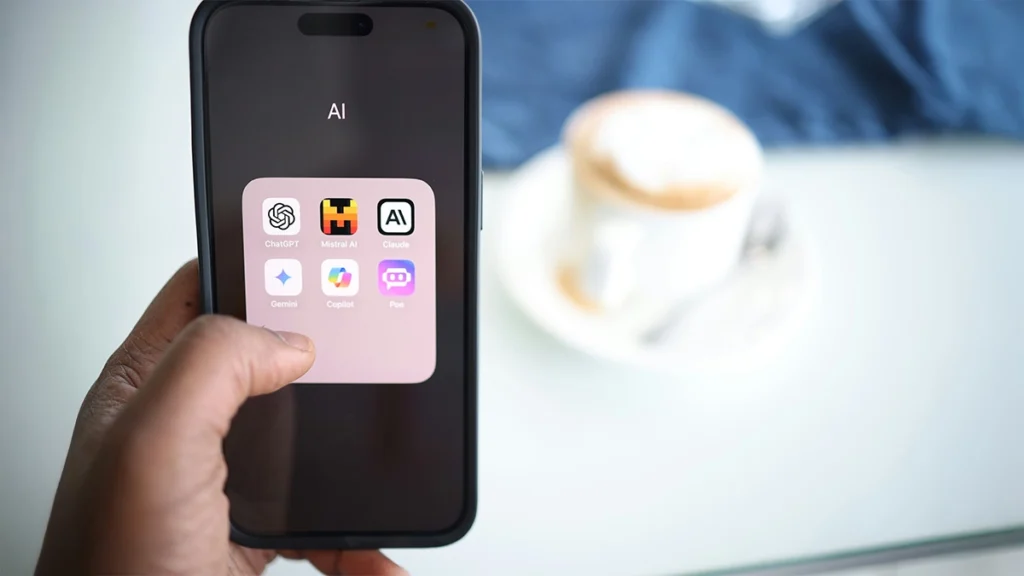
To better understand how AI is shaping design, let’s look at some of the most popular tools and what they are used for:
- Canva (AI tools & Magic Design):
Instantly creates social posts, presentations, and marketing graphics with templates powered by AI. - Adobe Firefly:
AI image generation and editing tool integrated into Adobe Creative Cloud (great for background removal, text-to-image, and quick edits). - Figma (AI features & plugins):
Speeds up UI/UX design with AI-assisted layout generation, copywriting, and asset creation. - Looka:
an AI-powered logo maker that helps startups and small businesses create quick brand identities. - Khroma:
AI colour palette generator that learns your preferences and suggests brand-ready combinations. - Remove.bg:
Specialised AI tool for instant background removal in product images, profile photos, and marketing visuals. - Runway ML:
Video-focused AI tool used for creative video editing, text-to-video, and visual effects. - Designs.ai:
All-in-one AI platform for logos, videos, mockups, and marketing content generation. - Stable Diffusion / MidJourney / DALL·E:
AI image generation tools for creating unique visuals, illustrations, and concept art.
These tools show how AI can handle the heavy lifting in design tasks, but the creative direction and brand storytelling still need a human touch.
What This Means for Designers
For professional designers, AI is a wake-up call—but not a death sentence. Those who learn to integrate AI into their workflow will have a competitive edge.
Instead of spending hours on small edits, they can dedicate more time to:
- Brand strategy
- Concept development
- Storytelling through visuals
- User experience design
This shift benefits businesses too, because they gain access to higher-quality creative thinking without necessarily paying more.
What This Means for Small Businesses and Startups
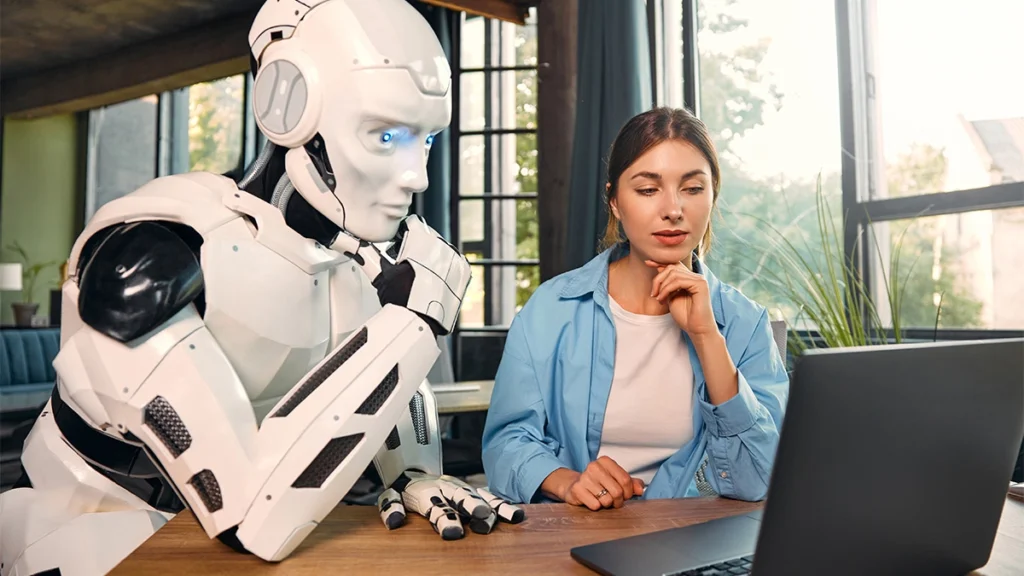
If you run a small business or startup, you might be wondering how to approach design in the age of AI. Here are a few tips:
- Don’t rely solely on AI:
Use AI tools for quick tasks, but always layer human creativity on top. - Work with designers who embrace AI:
A designer who uses AI efficiently can deliver faster, more affordable results. - Think long-term:
Your brand identity is an investment. Cutting corners might save money now, but could hurt your reputation later. - Stay authentic:
Customers value honesty and originality. Make sure your branding reflects who you are, not just what a machine generates.
How to Future-Proof Your Brand
The question should designers worry about AI ultimately comes down to adaptability. AI is not going away, and its role in design will only grow. For small businesses and startups, the best way forward is to:
- Stay informed:
Keep up with trends in AI and design to understand what tools are available. - Invest in human creativity:
Prioritise designers who understand your business and can tell your story. - Use AI as a tool, not a replacement:
Let it support your process, but never let it drive your brand identity. - Focus on what makes you different:
AI can’t replicate your unique values or vision. That’s where your strength lies.
Final Thoughts
So, should designers worry about AI? The answer is no—they should prepare for it, embrace it, and learn how to work alongside it. For small businesses and startups, this is good news. It means design services will become more efficient, accessible, and impactful.
AI might change the way design looks and feels, but it cannot replace human imagination, empathy, and strategic thinking. Whether you’re designing your first logo or refreshing your brand identity, the best results will always come from a combination of smart technology and human creativity.
